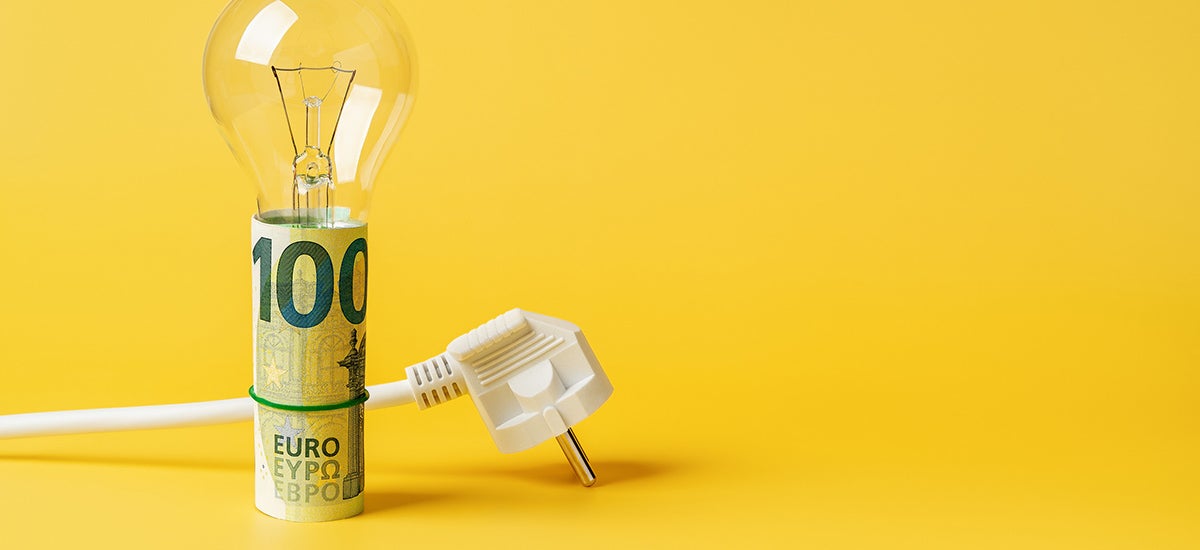
European nations, stunned by Russia’s aggression, have mostly rallied in support of Ukraine, sending weapons and welcoming millions of refugees. But European citizens are paying dearly for it. Apart from the costs in direct assistance, the energy conflict with Russia had sent prices of gas soaring to eight times their 10-year average by the end of September and helped push inflation to around 10%. With a partial embargo of Russian oil going into effect in December and cold weather coming, many Europeans now fear an icy, bitter and poorer winter of 2023.
European governments hope to take the edge off by enacting price regulations, providing energy subsidies for households, and crucially curbing energy demand. Germany’s government, for example, imposed limits on heating in public offices and buildings to 19 degrees Celsius (66.2 Fahrenheit). France has introduced a raft of voluntary measures ranging from asking public officials to travel by train rather than car, suggesting that municipalities swap old lamps for LEDs and designing incentives to get people to car share.
Rules and Regulations Will Not Solve the Energy Problem Alone
As we know from years of experiments at the IDB in using behavioral economics to achieve policy goals, however, rules and recommendations are not enough. Trust in fellow citizens and in the government are also crucial when calling for a shared sacrifice. That means not appealing to fear, which can lead to deeper divisions in society, energy hoarding, resignation and indifference. Rather, it means appealing to social norms of morality and community.
In using behavioral economics to boost tax compliance in Argentina, for example, we found that sending messages that revealed how fellow citizens were paying their taxes significantly improved tax collection. Revealing how the government was using tax funds to improve people’s lives provided an additional boost to the effort. Posters and television ads in Europe showing people wearing sweaters, turning down their thermostats, insulating their homes and putting up solar panels might similarly instill a sense of common purpose. And signals that governments are trying to relieve hardship might help instill in citizens the need for sacrifice.
In times of crisis, people suffer emotional overload and their ability to concentrate drops. The ideal in such circumstances is to transmit messages that do not require high cognitive engagement, but are rather encapsulated in videos, or even television shows that are far more easily absorbed than a government communiqué or academic paper. Communication campaigns, in order to be effective, should follow the EAST framework designed by the international Behavioral Insights Team (BIT). This emphasizes the importance of the following elements: (i) Easy – the messages and nudges have to be simple; (ii) Attractive – the messages should catch the attention of the recipient; (iii) Social – they must emphasize existing social norms that promote the desired behavior; and (iv) Timely – messages need to be presented in a timely manner, ideally when individuals are most susceptible to changing their behavior.
Moreover, when people are both anxious and fatigued, as Cass Sunstein, the eminent scholar of behavioral economics, has suggested, it is important to add a fifth letter to this framework: F, for Fun, making the acronym “FEAST.” “Fun theory” has been applied to a diverse set of behavioral interventions. Nonetheless, it is important to note that one of the biggest challenges in pursuing sustainable behavioral change is maintaining high levels of fun and surprise over time. Special moments pack a punch. With the 2022 World Cup coming up and national pride surging over athletic feats, there is perhaps no better time to use different media to call for energy saving measures.
Behavioral Economics and the Problem of Mental Shortcuts
We usually have scores of decisions to make and little time to make them. Our mood, our level of fatigue, and other emotional and physical factors make it difficult for us to carefully reason, causing us to fall back on automatic responses based on experience and mental habits or shortcuts instead. We tend to choose, in other words, the easiest option. That also can have an impact on energy use. So if appliances, thermostats and other energy-related machinery come from the factory fixed to a high power setting, we are likely to stick with it, particularly if its difficult to change and the new social norm has been internalized. If by contrast, they are pre-programmed to a lower power one, we are also likely to stick with that as well and assume that the social norm allows it– a key consideration for European governments that need to engage manufacturers and others to take every step possible to bring down energy consumption. “The world is hard. Our goal is to make the world easier,” said Richard Thaler, the behavioral economics pioneer and Nobel Prize winner. In everything from tax collection, to education, Covid-19 prevention and other health measures, we at the IDB and the IDB Behavioral Economics Group have understood that calling and used behavioral economics to improve individual and social welfare in Latin America and the Caribbean. Europe is in the midst of a crisis linked to high energy demand, high energy prices and an unrelenting war in Ukraine. The insights of behavioral economics can help alleviate hardship there just as they have in our region.
Publisher: Source link











